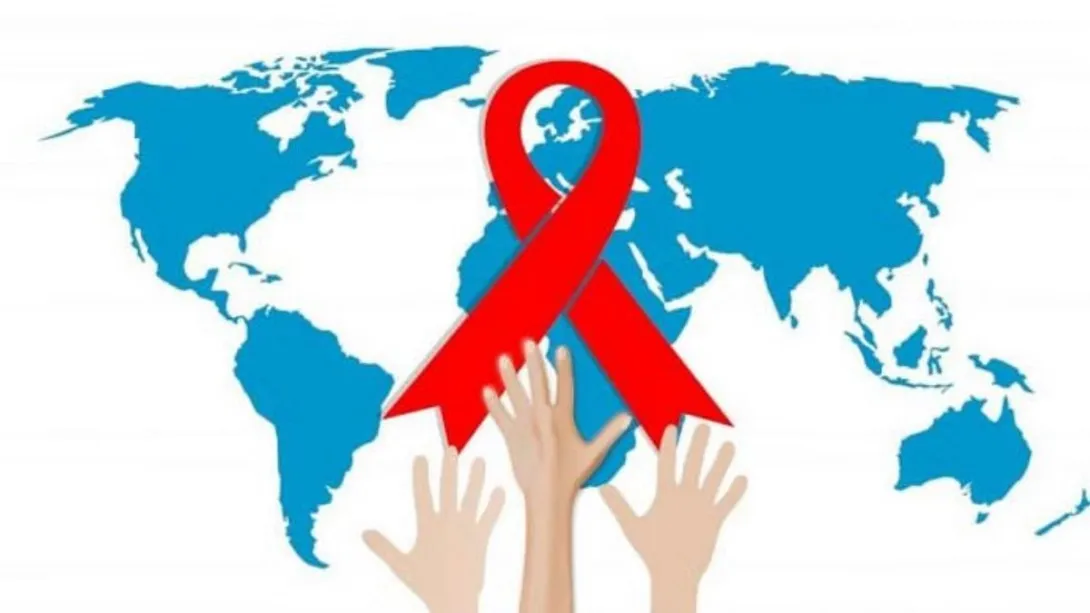New figures for 2025 have spotlighted a deeply troubling reality: thousands of Indian children continue to grapple with the far-reaching consequences of HIV. According to the latest health data, nearly 60,000 children under the age of 15 are living with HIV in India, with approximately 5,000 newly infected each year. These statistics paint a sobering portrait of a persistent epidemic that disproportionately affects the nation’s youngest and most vulnerable. As policymakers and health advocates assess the evolving landscape, the urgency to expand prevention, enhance early testing, and guarantee uninterrupted treatment has become more critical than ever.
---
Stark Numbers Underscore a Persistent Challenge
The most recent data reveal that approximately 59,000 children under 15 years of age in India are living with HIV. Each year, around 5,000 new infections are recorded within this demographic. These figures not only signify individual tragedies but also highlight systemic gaps in mother-to-child prevention programs, early diagnostics, and sustained antiretroviral coverage.
Such statistics challenge prevailing narratives that HIV is largely under control, especially among younger populations. They point instead to enduring transmission risks and a need to reexamine the breadth and depth of existing public health strategies.
---
Tracing the Roots: Mother-to-Child Transmission Remains a Key Driver
One of the principal causes of pediatric HIV remains vertical transmission—when the virus passes from an HIV-positive mother to her child during pregnancy, childbirth, or breastfeeding. Despite robust prevention protocols, lapses in prenatal screening and follow-up continue to pose serious risks.
Health experts stress that comprehensive antenatal care and rigorous adherence to antiretroviral regimens can reduce transmission rates dramatically. However, inconsistent access to healthcare, coupled with lingering social stigma, hampers these efforts. Many expectant mothers, particularly in rural and underserved regions, still fail to receive timely testing or the complete spectrum of interventions needed to safeguard their children.
---
The Role of Testing and Early Intervention
Early diagnosis plays a decisive role in altering the trajectory of HIV in children. Infants who commence treatment within the first 12 weeks of life have significantly better long-term health outcomes. Unfortunately, the data suggest that timely testing is not reaching all at-risk newborns. Delays in identification often translate into delayed initiation of therapy, compromising immune health and increasing vulnerability to opportunistic infections.
Investments in expanding point-of-care testing facilities and training frontline health workers could prove pivotal in closing these critical gaps. Ensuring every exposed infant is screened promptly would be a decisive step toward stemming new pediatric infections.
---
Socioeconomic Costs: A Shadow That Extends Beyond Health
The impact of HIV on children is not confined to medical challenges. Many young patients face social isolation, barriers to education, and enduring economic hardship. Families with HIV-positive children often encounter increased healthcare costs alongside reduced earning potential, perpetuating cycles of poverty. Addressing these challenges requires a holistic approach that combines medical care with psychosocial support, nutritional assistance, and programs aimed at reducing stigma within communities.
---
A Call to Action for Policymakers and Civil Society
The latest figures are a clear reminder that while advances have been made, India’s fight against HIV—particularly in safeguarding children—is far from over. Expanding prevention of mother-to-child transmission initiatives, enhancing the reach of early infant diagnostics, and bolstering community-based care models must become immediate national priorities.
Moreover, sustained public awareness campaigns can play a critical role in breaking down entrenched stigma, encouraging more families to seek testing and adhere to treatment regimens without fear of discrimination.
---
Conclusion: Safeguarding the Next Generation
India’s battle against pediatric HIV is at a defining juncture. The 2025 data underscore both the progress achieved and the considerable distance yet to be covered. By doubling down on prevention, early detection, and compassionate care, the nation has an opportunity not only to protect thousands of children from the devastating effects of HIV but also to build a healthier, more equitable future.

Comments